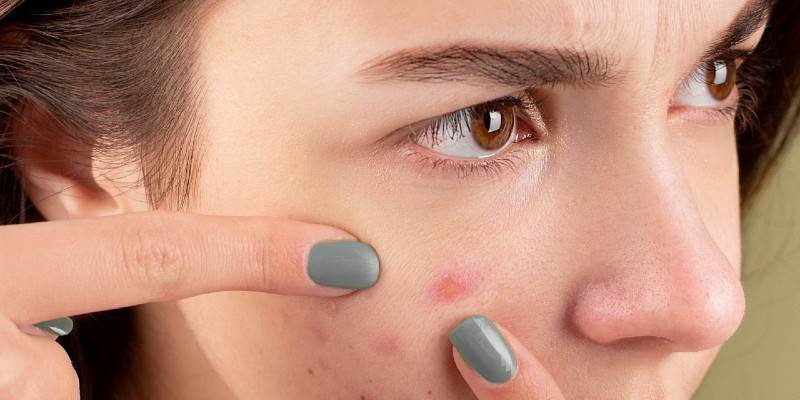28/01/2025

Pimples used to be mainly associated with teenage years, but today they are a common challenge for adults as well , especially people over the age of 25. Although they can appear for a variety of reasons, pimples are often a temporary problem and with patience and proper care, they can be kept under control.
Below we provide tips on how to reduce their occurrence and maintain a healthy skin appearance .
Why do pimples appear?
Clogged pores: A mixture of sebum, dead skin cells, and impurities can cause clogged pores.
Hormonal changes: Hormonal fluctuations can increase sebum secretion, which favors the development of pimples.
The influence of bacteria : Certain types of bacteria that naturally live on the skin can cause pimples if there is an imbalance.
Pimples can manifest themselves in different ways, from small bumps to red and inflamed changes.
Types of pimples and how to recognize them
Pimples with pus-filled heads: occur when pores become infected, resulting in redness and a white or yellow top.
Subcutaneous pimples: Often painful and hard, they are located deeper in the skin and are difficult to squeeze out.
Closed comedones: They look like tiny bumps without redness or a pus-filled head.
Open comedones (blackheads): the pore remains open, and the tip oxidizes and turns dark.

How to reduce the appearance of pimples?
Adjusting habits and using appropriate products can help significantly.
1. Regular facial cleansing
Wash your face with gentle products up to twice a day. If you're using active ingredients like acids or retinoids, choose a gentle cleanser.
Avoid touching your face with your hands, especially with dirty and unclean hands .
2. Keep your hair clean
Dirty hair can cause acne, especially if it touches the face. If you have bangs, make sure to maintain regular hair hygiene.
3. Remove sweat after physical activity
Sweat can encourage the development of acne, so after exercising, wash your face and apply a moisturizing product tailored to problem skin.
4. Use products for sensitive skin
Choose moisturizers and products with SPF that are non-comedogenic to prevent clogging of pores.
5. Makeup selection
Use water-based or mineral-based makeup that won't clog pores. Avoid products with a high oil content.
6. Change your bed linens and towels regularly.
Pillowcases , sheets, and towels can collect dirt and bacteria, so change them at least once a week.
7. Avoid popping pimples
Squeezing can cause the problem to spread or leave permanent scars.
Conclusion: Seek additional help as needed
If pimples do not disappear despite proper care, consult a beautician or skin care specialist. Professional treatments such as facial cleansing or special treatments can help reduce blemishes and prevent new pimples .
With the right routine and quality products, it is possible to significantly improve the condition of the skin and restore its natural glow.







